How to top cannabis plants
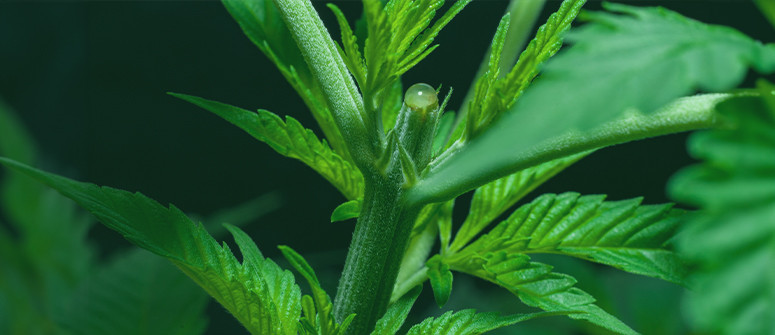
Topping weed allows you to create a more even canopy, increases bud sites, and ultimately achieves much larger yields. Here's everything you need to know about topping your cannabis crop.
Contents:
Once cannabis growers have mastered the basics of cultivation, some are hungry for more skills that will open up hitherto inaccessible yields—such as those advertised by cannabis breeders!
There are many techniques out there to help you achieve this. One of the most popular and effective is known as topping. This plant training method has the potential to significantly increase yields, and helps to manipulate the plant into a more suitable shape for indoor growing.
In this article, we look into topping, whether it’s worth it, and how to do it.
What is topping cannabis plants?
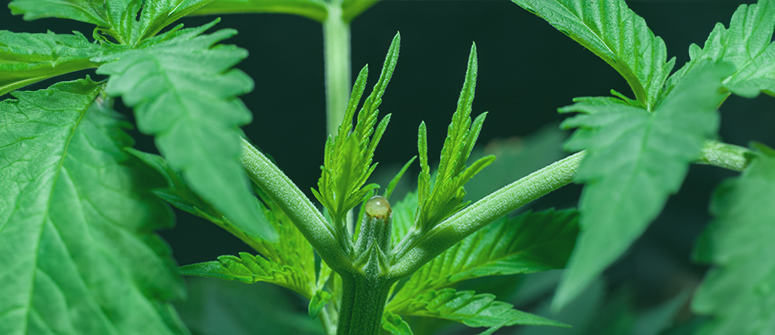
Topping weed is the practice of cutting off the main stem just above the topmost node. Why, though? This is the part of the plant from which the main cola will eventually develop, which is where the largest bud site is located. But by cutting it off during the vegetative stage, growth hormone is pumped more equally to lower branches, and a high dose reaches the two growth tips below the topmost node. As a result, the plant will now produce two main branches, and ultimately two large main colas, as well as more developed lower branches.
In addition to creating more large bud sites, it also causes the plant to grow compact and bushy, which is useful for growing beneath artificial light.
Topping is probably the most popular high-stress training technique (HST) in cannabis growing, and can dramatically increase yields both indoors and out. It can also be repeated numerous times to further increase main cola sites.
Topping differs from both fimming and manifolding/main-lining—two other HST techniques. Both of these also involve mutilating the plant to increase yields, but in different ways.
Fimming involves cutting off 75% of the top node (topping removes 100%). This causes four new main cola sites to develop, but it doesn’t help to keep the plant as compact as topping does.
Main-lining/manifolding involves splitting the plant down the middle so that growth hormone is sent to all lateral branches. This significantly alters the form the plant takes when it grows, and increases yield.
Pros and cons of topping cannabis plants
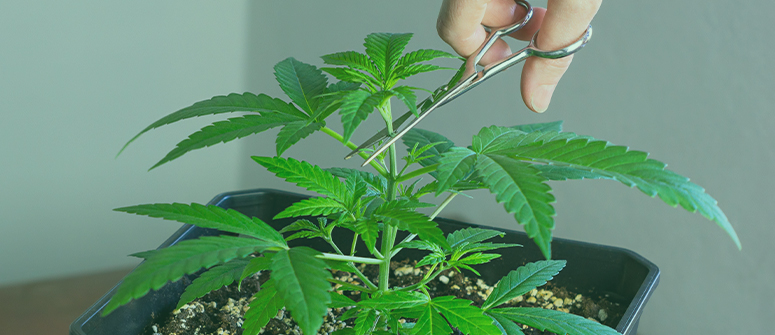
Topping can be very helpful in achieving more compact plants and increasing yield, but it is not without its drawbacks either. We’ll go through both here, to help you decide whether topping is for you.
Pros of topping cannabis plants
The pros of topping are as follows.
Maximises light exposure
Thanks to the altered structure brought about by topping, light is distributed more evenly across the plant. This is particularly useful indoors, as light only comes from directly above the plant, and therefore does not reach all parts of the plant effectively.
Promotes an even canopy
This better use of light is partially a result of topping creating a more even canopy. If you top multiple plants, then you have more control over the final size they will reach. Combined with more lateral growth, this creates a much more flat and even canopy, which makes much better use of artificial light.
Produces compact plants
As topping encourages plants to grow outwards, rather than upwards, it helps to keep them low and compact. This is again very useful for indoor growing, as it reduces the amount of space necessary to grow while simultaneously increasing yield.
More colas
As mentioned, topping doubles the amount of main colas. And if you top again, these double once more. As such, you can quite significantly increase the amount of colas that your plant produces, thereby greatly increasing the final yield.
More resin
HST causes plants to activate their defences, as they think they are under threat. Even though humans might love cannabinoids, they are actually produced by the plant to ward off predators. Therefore, topping (along with other HSTs) increases the amount of resin your plants will produce. This is especially useful for those who want to produce concentrates at some point.
Increased yield
Achieving high yields is one of the main goals for most growers, and topping is one of the most popular ways to get there. Increased growth hormone, more even light distribution, and more colas ultimately lead to a higher yield come harvest time.
Cons of topping cannabis plants
But topping isn’t always 100% successful, and it can have negative consequences if done improperly. After all, cutting up plants causes them a lot of stress, and this can do more harm than good if growers get it wrong.
Challenging for beginners
Beginners should probably not try topping on their first grow. When it comes to getting good yields, master the fundamentals before trying out HST techniques. Topped plants require a high level of care to properly recover and produce better results. Therefore, beginners who can’t give plants what they need will probably just stress plants out and reduce their final yield if they choose to top.
Diseases
Cutting a plant open is no different to a break in your own skin; it increases the risk of disease. If you top a plant, you increase the likelihood of infection. You can mitigate this by using very sharp and clean secateurs when you top, but there is always a greater risk compared to if you just leave the plant be.
Plant stress
Inflicting stress is one of the reasons we top, but it can also be one of the reasons it’s not helpful. Stressed plants need proper care if they are to recover properly. If you top a plant, and then something goes wrong (e.g. overfeeding or infestation), then it’s going to have a really hard time recovering.
Stunted development
Too much stress can lead to the stunted development of plants. This can result in smaller plants with smaller yields—quite the opposite of what you want to achieve.
Hermaphroditism
Stress can also cause cannabis plants to become “hermies”. Female cannabis has developed an impressive ability to produce male sex organs and self-pollinate during times of stress, if it suspects that there may not be males around to produce pollen. If this happens, and your plant pollinates itself, then your yield will be greatly reduced.
Can’t be used with autoflowers
Most HST techniques, including topping, shouldn't be used on autoflowering cannabis plants, as they can’t deal with the stress. Their vegetative time is too short, and they will just end up stunted and with a reduced yield.
When to top cannabis
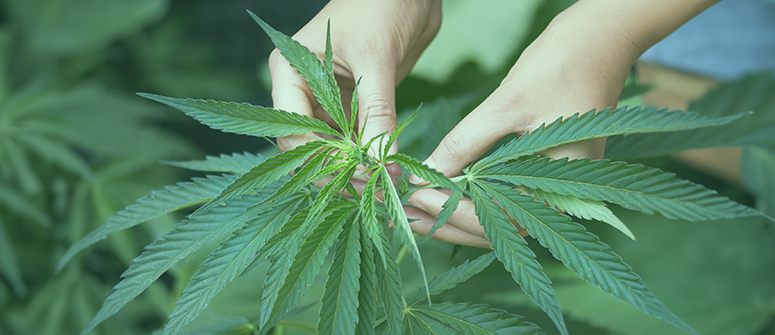
You shouldn’t start topping cannabis too early, nor should you leave it too late. Generally, you should top when the plant has around 5–6 nodes. For most plants, this is at around 30 days of vegging (~4 weeks). Some choose to top when plants have as few as three nodes, but this greatly increases the risk of something going wrong.
If you top too soon, then young plants will be too stressed and will never grow properly, or they’ll just die. Top too late, and you'll delay the process and lose the opportunity to maximise your final yield.
When to stop topping cannabis
If you choose to continue topping cannabis, then you need to know when enough is enough.
Outdoors, you want to stop a little while before the plant naturally goes into flowering. It’s hard to know when exactly this will happen, so it’s usually best to stop topping by July, to give your plant ample time to recover before it starts producing flowers. Leave it too late, and it will enter this crucial phase very stressed and exhausted.
Indoors, you have more control. As you choose when the plant begins to flower, you can keep topping as long as you like (within reason). Stop around two weeks before you intend to flip the plant over to flowering so that it can recover before this process starts.
How to top your cannabis plants
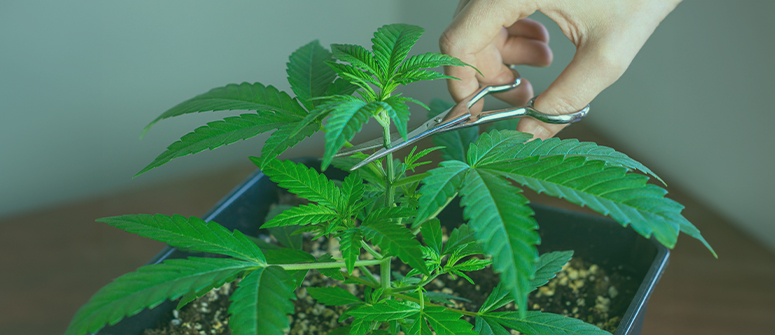
Topping cannabis is pretty easy, but it still needs to be done with precision and caution to avoid unwanted consequences. Even though it’s simple, it causes a lot of stress to the plant, so be careful!
Directions
- Identify where to top the plant. This should be between the top of the plant and the node below.
- Prepare your secateurs, scissors, razor blade, or knife. Whatever you use to make the cut, the sharper it is, the better. A blunt implement will cause unnecessary damage, stress the plant, and increase the chance of infection.
- Make the cut. You should leave 5mm of stem between the cut and the node below.
- At this point, you might be finished, if you only intend to top once.
- If not, allow your plant to grow for 1–2 weeks more, until it has developed two new “tops”. Then, repeat the process on each of these.
- To a degree, you can continue to top your plant as long as it is in the vegetative stage.
Tips for topping cannabis
The above method shows you how to top cannabis, but to ensure the process goes smoothly, here are some tips.
- Use disinfectant to clean the cutting implement: This reduces the chance of transferring disease directly into the wound. If you don’t have disinfectant, consider using a flame.
- Wash your hands and wear medical gloves: This will once again reduce the risk of passing infection to your plant.
- Treat your plants especially well afterwards: Your plants will be under a lot of stress, and will exert a lot of energy in the days after being topped. In order to help them through this process, pay extra attention to all the normal, day-to-day care you give them, such as watering and feeding.
Topping cannabis for top results
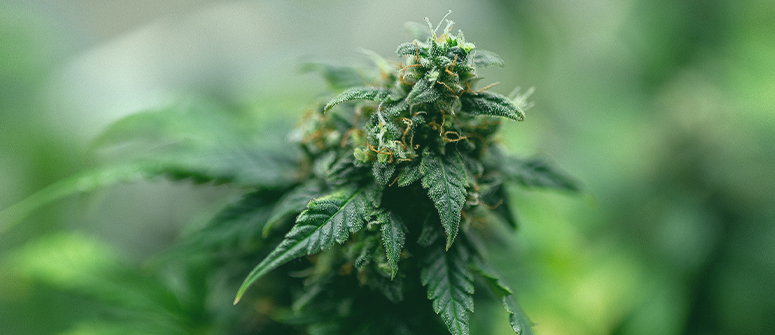
If you’re an experienced grower and want to achieve massive yields, then topping is a skill you must add to your repertoire. With the help of this guide, you’re one step closer to doing so successfully.
Even though we err on the side of caution and suggest you don’t top autos, some say it is possible. So if you want to try it, check out our guide on topping autoflowering cannabis.
.jpg)
.jpg)

.jpg)
